Enigmatic Serenity in North Korea on the World's Emptiest Roads
North Korea's roadscape is the world's emptiest, with just one car for every 1,000 people, creating a paradoxical blend of serenity and enigma
📍 North Korea
North Korea has the world's lowest car-to-resident ratio: just one car for every 1,000 people. Besides the capital, Pyongyang, the nation's extensive road system stretches over 26,000 kilometers (16,000 miles) and remains mostly unpaved, making them the planet's least trodden. South Korea, despite its smaller size, boasts four times the road length and a remarkable 800 times more vehicles compared to the North. In North Korea, these deserted roads symbolize an intriguing mix of calmness, and enigma.
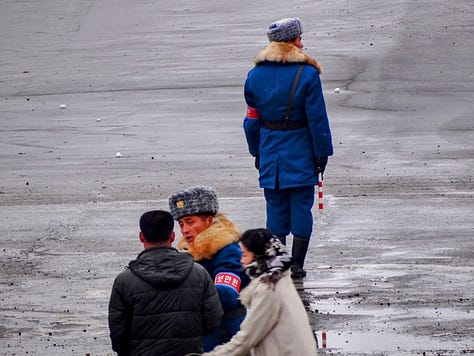
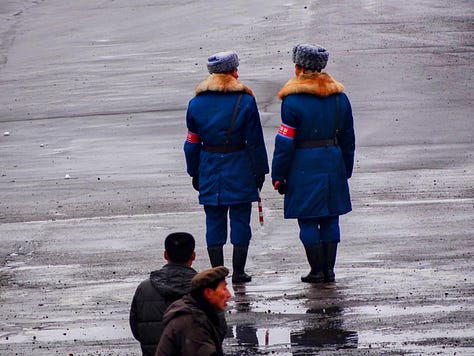
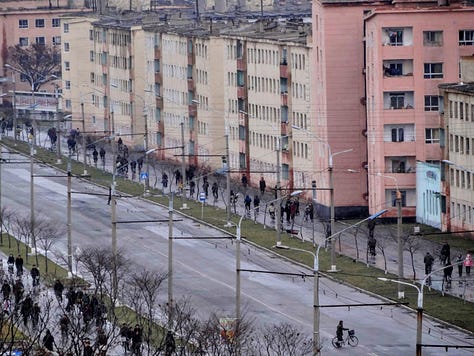
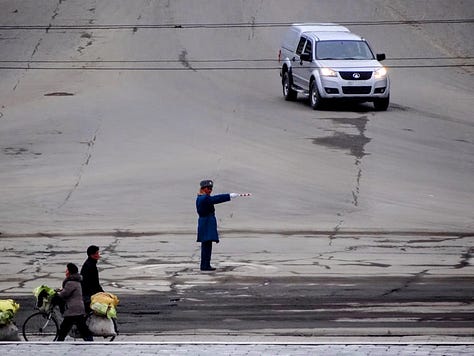
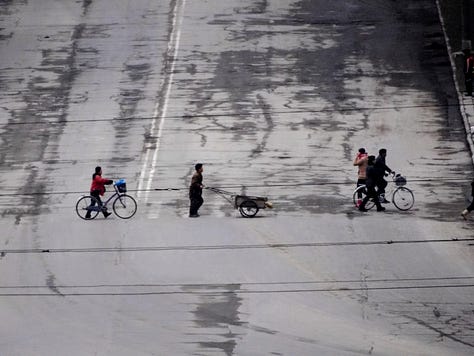



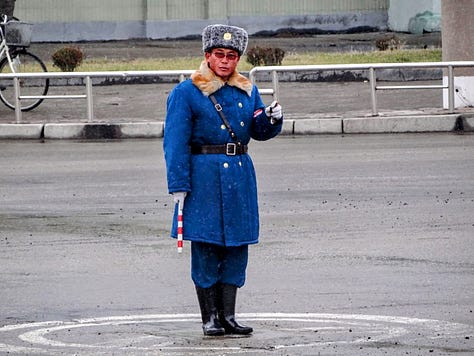
In this tightly-controlled nation, a strict registration system dictates citizens must obtain special permission to travel outside their designated area. This leads to rural North Koreans rarely venturing to the capital, Pyongyang, which is reserved for the privileged elite. The lack of transportation options beyond major cities curbs suburban development, further reducing road traffic. Most vehicles found on North Korea's streets are public transportation, including locally-built and imported trolleybuses, trams, motorcoaches connecting major cities, and a narrow-gauge rail line from Hamhung to Hungnam, respectively the third and second most populous cities.
Besides these mobility restrictions, resource shortages and bureaucratic barriers also quiet the streets. Only specially-permitted civilian drivers can travel alone, while others must carry passengers. Drivers must annually renew certificates for driver training, authorized fuel sources, and vehicle mechanics. Yet, cars are often unaffordable or scarce due to factors like prioritizing rubber tire stockpiles for military use, and the recent pandemic exacerbated this by closing borders with China, a key tire supplier.
North Korea takes a careful approach to governing its sparsely-populated streets. Vehicles carry stars, each symbolizing 50,000 kilometers (31,000 miles) traveled accident-free, with different colors distinguishing their purpose and safety record. The streets are patrolled by highly-regarded traffic cops who direct traffic using batons while dressed in crisp blue and white uniforms, with an emphasis on employing attractive, young women in Pyongyang.
Traffic cops have a deep-rooted role in North Korea, dating back to post-Korean War road construction. Today, they remain essential due to widespread traffic light dysfunction, caused by electricity rationing, which leaves many households with just two hours of power daily. Prioritizing power for military and manufacturing plants means traffic lights are unreliable, making traffic cops crucial for maintaining order.
Recent efforts to update North Korea's traffic management have resulted in cycling lanes, a bike-share program, and refurbished traffic lights. Kim Jong-Un's modernization plans call for a shift from women traffic cops to a combination of traffic lights and male officers. However, this modernization is less prioritized in non-elite areas, where male traffic cops, particularly in Hamhung, the third-largest city, continue to serve.
Despite the absence of cars, North Korea's streets are far from lifeless. Most activity unfolds under the cover of darkness. The barren streets offer a glimpse into the enigmatic complexities and contrasts of North Korea.




Explore the enigmatic serenity of North Korea's empty roads, where the world's lowest car-to-resident ratio creates a paradoxical blend of calmness and mystery. 🇰🇵 https://superlative.substack.com/p/north-korea-roadscape